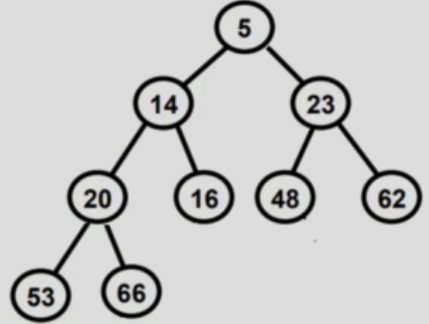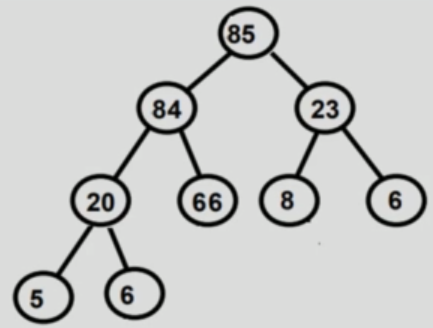What is a binary heap¶
Binary heap is a binary tree, but with some special properties: - Heap property: - value of any given node must be <= value of it's children (min-heap property) - value of any given node must be >= value of it's children (max heap) - Complete tree - All levels are completely filled except possibly the last level and the last level has all keys as left as possible. - This makes binary heap ideal candidate for array implementation.

Why learn Binary Heap?¶
There are cases when we want to find min/max number along set of numbers in log(n) time. Also, we want to make sure that inserting additional numbers does not take more than O(log n) time.
Possible solutions: 1. Store numbers in a sorted array. But, when we are going to insert a new number, it will take O(n) time to do that. 2. Store the numbers in a linked list, in a sorted manner, but it will also take O(n) time.
Types of binary heap¶
There are 2 types of binary heap:
- Min heap - if the value of each node is less than or equal to value of both it's children

- Max heap - if the value of each node is more than or equal to value of both it's children

Common operations¶
- Create Heap - creates a blank Array to be used for storing heap
- Peek top of heap - returns min/max from heap
- Extract min/max - extracts min/max from heap, we can extract only this node.
- Size of heap - returns size of the heap
- insert value in heap - insert value in heap
- delete heap - deletes the entire heap